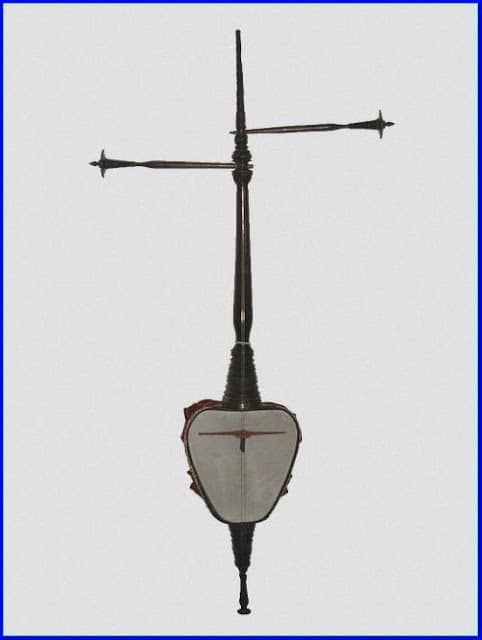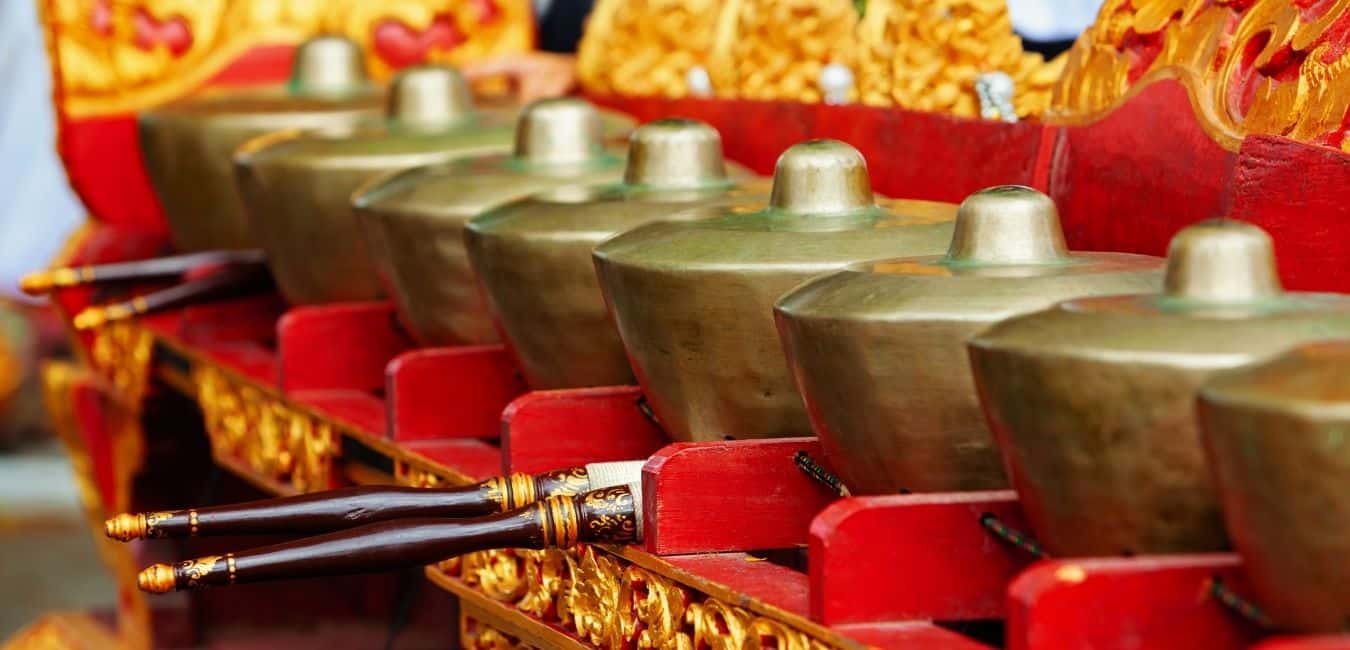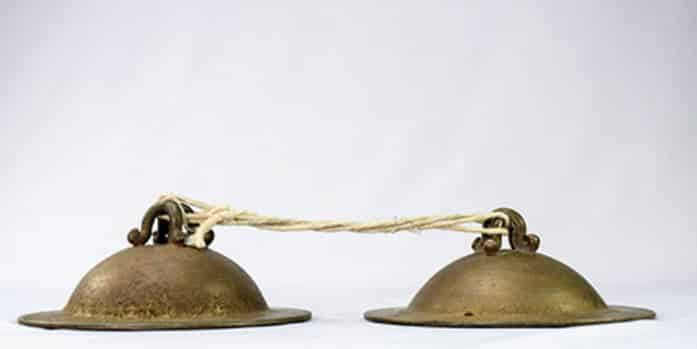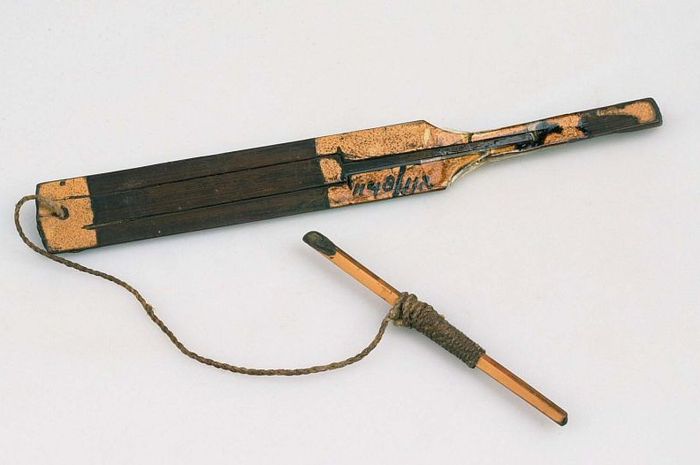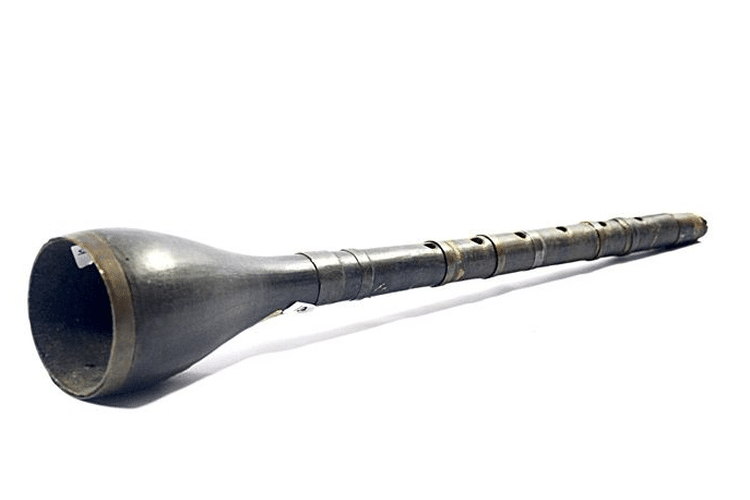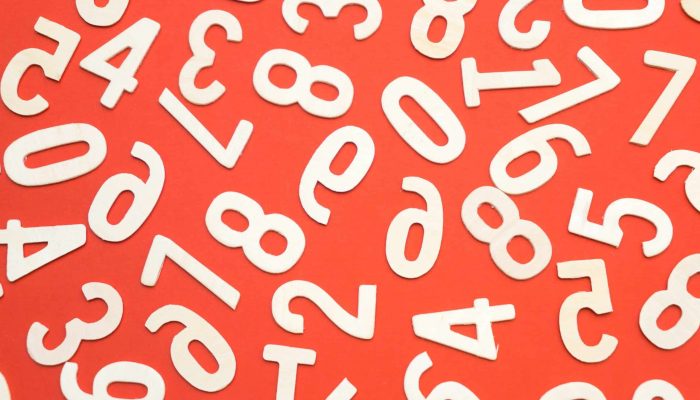Before getting into the types of musical instruments, Written Let me tell you a little bit about the history behind National Music Day.
Why are there so many discussions about Indonesian music these days? Because every March 9 is National Music Day. The commemoration was established by the sixth President of the Republic of Indonesia, Susilo Bambang Yudhoyono, through Presidential Decree No. 10 of 2013.
It was not easy for this commemoration to be realized, Yes! The proposal to commemorate National Music Day was originally proposed by the organization Persatuan Artis Pencipta Lagu dan Penata Musik Rekaman Indonesia (PAPPRI) in 2003. And, a decade later, it was only realized. It's been a long time, Right!?
This date was not chosen randomly. March 9 also coincides with the "birth" of the first version of Indonesia's national anthem, entitled Indonesia Raya. The composer of the Indonesia Raya song, Wage Rudolf Supratman, or often written as WR Supratman, was also given the title of Indonesian national hero for his services.
There are several important meanings that form the background of this commemoration, namely music as a form of cultural expression that is universal and multidimensional. This day continues to be commemorated as National Music Day to always appreciate the nation's musical works. Indonesia is a unique country. The reason is that our country has music genres that only exist here, such as keroncong and dangdut. Those are just two examples, there are many more, You know!
Apart from music genres, Indonesian musical instruments are also unique. As a form of appreciation for National Music Day, let's get to know some unique musical instruments from Indonesia:
- Arbab
It was played during the days when the Dutch and Japanese were still in power. At that time, arbab was often seen and heard in Aceh Besar and Aceh Barat. The ideal explanation is directly written from kemdikbud website, Arbab is a type of traditional Simalungun stringed instrument or cardophone.
Similar to the violin, a stringed instrument that has two parts, so does the arbab. It is made of bitter gourd, bamboo, goatskin and hori thread. Meanwhile, the stringed instrument is made from horsetail hair. For the strings, there are substitutes, either riman palm fiber or strong enau palm fiber.
Arbab music is often heard during folk entertainment, night markets and community parties. But unfortunately, no one plays this instrument anymore.
- Gamelan
It would be incomprehensible not to include this musical instrument. Gamelan is an Indonesian musical instrument, especially in Java and Bali. It is said that this musical instrument has existed since 404 AD.
Gamelan is one of the traditional Indonesian musical instruments whose existence and uniqueness have reached international status. Besides being increasingly found in hotel, restaurants, even art galleries, another reason why unique musical instruments are so famous is because of their traces in the reliefs of Borobudur Temple and Prambanan Temple. That means it's been a long time, right.
There are so many philosophical values of gamelan. Maybe that will be the topic of the article Written the next one. The point is, because of its strong philosophical value, the instrument was designated as an Intangible Cultural Heritage by UNESCO in 2021. - Jalappa / Jalapa
Originating from South Sulawesi, this traditional regional instrument is shaped like a cymbal. Unlike the two numbers before this, this musical instrument Jalappa which is made of brass metal is only played during certain traditional ceremonies. Examples such as the traditional ceremony of rejecting bad luck, offering offerings, and traditional weddings.
There are other names, often referred to as Buttons because it looks similar to a large button.
- Genggong
This traditional Balinese musical instrument is rarely known to many people. Genggong is what it's called. When played, the genggong will make a sound like a rice field frog. According to the website Ministry of Education and Culture, This musical instrument is used by farmers for leisure.
There are two types of genggong: genggong lanang, which emits a higher sound, and genggong wadon. There is a way to play this unique musical instrument. By using the mouth and throat resonance as a tone generator. - Serune Kalee
Back in Nanggroe Aceh Darussalam (NAD), there is another unique traditional musical instrument from here, the Serune Kalee. Categorized as a wind instrument, the Serune Kalee has seven holes in the "body" of the instrument to set the tone.
Usually, warlok, Local residents, aka locals, often play the serune kalee when there is entertainment, dancing, and welcoming honored guests.
Usually, Serune Kalee players consist of several people, namely one blower. Serune, one who beats the drum, and three who beat the rapai.
Those were five unique musical instruments in Indonesia. Do you have any more suggestions?

